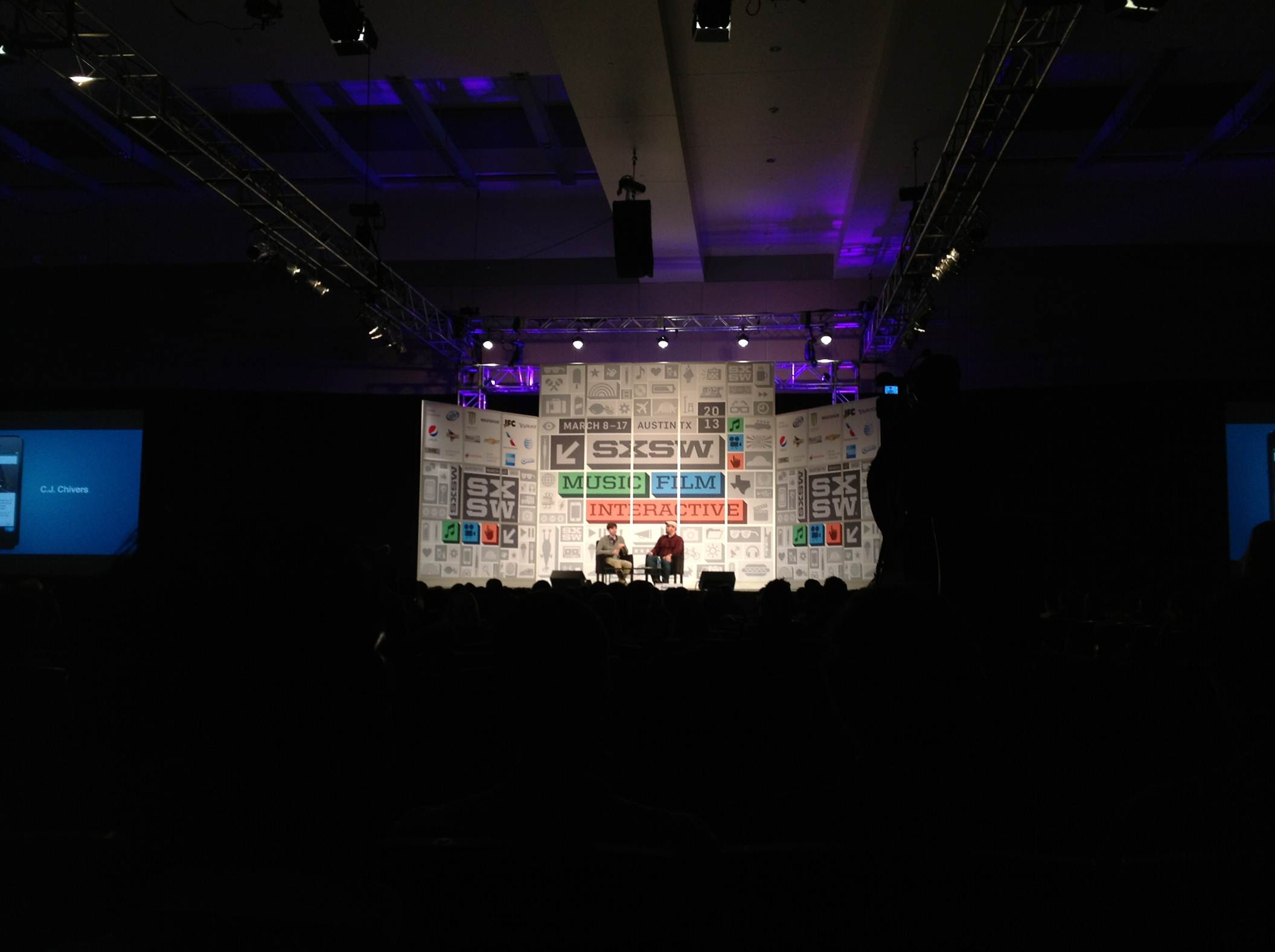Building Tools for Creativity with Tumblr founder David Karp
“Many networks these days are based around social connections, but here it’s about following people who are creating things you like. Not just sharing and liking, but making stuff.” – David Karp
David Karp, founder of Tumblr, hosted a session at SXSW Interactive to discuss the history of the platform, how it’s innovating, and how brands can use it.
How Tumblr is Different
Karp created Tumblr in 2007 as a solution for people who want to express themselves but aren’t writers. He set out to create a publishing platform that was easy to use and wouldn’t be limited by media type, it would be just as approachable to publishing photos as it would be to long-form writing. This would be a space on the Internet that could creatively represent anyone, not just writers, and it clicked immediately with a few hundred users signing up within the first few months. Additionally, the multi-media focus of Tumblr allows for both content creators and content curators to share, allowing for a big audience
Reblogs vs. Comments
Unlike other blog platforms, Tumblr doesn’t allow for comments, but uses reblogs instead. This was an intentional point of differentiation: “Comments were lacking in first version and were being replicated across the web, but their issues were lack of quality even when the comments were nice.”
For example, comments would consist of multiple pages of people writing “LOL,” something Karp viewed as silly.
Additionally, Tumblr felt commenters should be on the same footing as bloggers and saw them treated as second class citizens on other platforms. As Karp described it, he wanted “a system where people could speak in a whisper and still be heard.” This was for two reasons:
- People would be more thoughtful in their responses given that it would appear on their page
- Reblogging took away the nastiness of disrupting someone else’s page
Additionally, the strong interlinking that reblogging created also resulted in the formation of strong communities. This led to Meetups, which now occur at a rate of 200 per week around the world.
Representing YOU
Tumblr is about personal expression. As Karp described it: “MySpace was one of the last places people could create a page that represented themselves. Facebook was a cleaner, more accessible channel but it sacrificed creativity as all pages looked pretty much the same. At the same time, the web itself was becoming more segregated with photos here and videos there. Tumblr was trying to get back to the roots of the web - a vastly unique place where people could create something that represents them unlike the other vanilla directories.”
On Tumblr you could post anything and customize anything. It wasn’t vanilla. (Karp did admit the mobile view of Tumblr is “a little vanilla” but said it’s something they’re working on fixing.)
Constantly Innovating
Just like Tumblr felt it was important to give equal footing to commenters as they did to content creators, they felt it was just as important to pay equal attention to the various types of media that can be shared, and the users quickly took advantage of these changes and innovated themselves. Tumblr works hard to make sure that all communities are heard and that the tools for each are equal.
Animated GIFS: These short video files became a phenomenon on Tumblr when the platform allowed for larger file sizes. This led to people sharing cinemagraphs (gently animated photos).
- Panoramas: With the update to mobile devices now allowing the taking of panoramic photos, Tumblr has changed its format to ensure that images of all dimensions display correctly. The day after launching, people began sharing beautiful, high-resolution illustrations, many of which involved gaming.
- Half of all content shared on Tumblr are photo posts, which include comics, illustrations, scans, and more
- Video, audio and text all make up a huge part of what draws people into Tumblr and what makes it up
Monetization
Karp is not a fan of ads on Tumblr, and said: “When it happened on blogs, and now YouTube, it skewed the behavior to focus on SEO and commercialization.”
Although some people do install ads on Tumblr, he prefers supporting the community and their goals in other ways, such as helping them merchandise their products and get jobs.
Brands on Tumblr
Brands are successful on Tumblr when they create assets that are meaningful to the brand and to the Tumblr community, not just regurgitating assets from other channels.
As Karp described it, brands simply bringing existing digital ads to Tumblr “doesn’t pollute it, but it also doesn’t give meaningful response.”
What works are sharing things that are meaningful to both the brand and to the Tumblr communities, pointing out that “well-armed creative brands rise to the top.”
On Tumblr there are no special brand pages or promoted posts as there are with Facebook. Brands use the same tools as everyone else, but can pay to show up higher in directories.
In many ways Tumblr was unintentional. It started with the purpose of creating a space for non-writers to express themselves online, but from there the community took off and the both the company and the users work to constantly innovate the channel: Increasing the GIF file size led to people creating cinemagraphs, the popularity of many pages resulting from reblogging has led to book deals, and brands taking part has led to them becoming part of the community. None of that was planned, but continuous innovation has allowed it all to happen.
